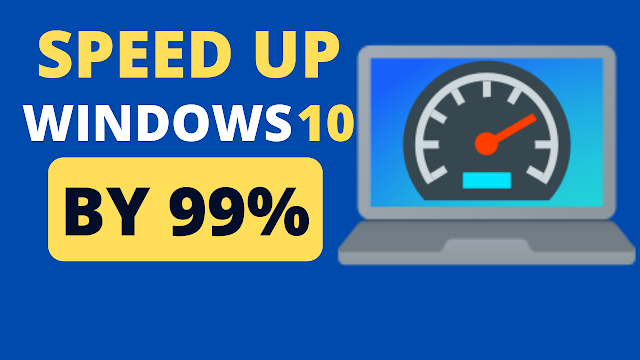Photosynthesis 1
in order for a plant to grow and survive it has to carry out photosynthesis this process takes place in the leaves and more specifically the subcellular structures called chloroplasts within these structures is a pigment called chlorophyll that can absorb light which you can think of as little packets of energy and it uses this energy to convert carbon dioxide and water into glucose and oxygen we can also write this equation using chemical symbols where we'd have six co2 molecules combining with six h2o molecules to make
a single molecule of glucose and in doing so also give out six o2 molecules notice that we've written light on top of the reaction line here that's because the reaction requires light energy for it to take place whenever energy from the surroundings is used to help a reaction take place like this we call it an endothermic reaction and in this case we could say that energy is transferred from the environment to chloroplasts by light we've already looked at where the plant gets these reactions from in our video
on the leaf but to quickly recap the carbon dioxide diffuses into the leaves through the stomata and the water is taken up from the soil by the roots and then transported to the leaves via the xylem now the only product that the plants really want is the glucose they do also sometimes use the oxygen for respiration but there's so much oxygen in the air anyway that is not too important the glucose though is essential and it's used mainly for five things one is solar respiration which breaks the glucose apart to
release energy so you can sort of think of glucose as a battery photosynthesis traps the sun's light energy in glucose molecules and then other cells around the plant can break the glucose apart again to release that energy when they need it the other four uses all involve making something out of glucose for example lots of glucose molecules can be combined to make cellulose which is a complex carbohydrate that plants use to strengthen their cell walls glucose molecules can also combine to make starch which is another complex carbohydrate
but it doesn't have a function as such it's just a better form of glucose for long-term storage because it's more compact so you can fit a lot more of it within a cell and it's insoluble which means that it won't draw water into the cell through osmosis like glucose would most plant cells try to keep a good store of starch so that they can break it down to glucose later at times when photosynthesis isn't happening so much for example during the night or in the winter another use is making amino acids
which they can do by combining the glucose molecules with nitrate ions which they get from the soil and they can then combine these amino acids to make proteins the final use is making oils and fats which can also be stored as a future energy resource particularly for seeds because glucose is so essential for plants their growth rate is often dependent on how fast they can photosynthesize so in the next video we'll explore the factors that affect the rate of photosynthesis which are light intensity temperature
carbon dioxide concentration and the amount of chlorophyll that's everything for this video though so i hope you enjoyed it and we'll see you next time you

Comments
Post a Comment